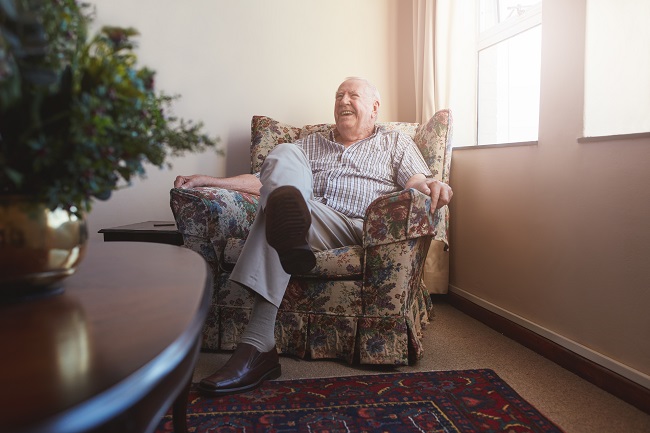Researching Residential Care Homes
Researching residential care homes shouldn’t be something you take lightly. When a senior moves away from their home and into an assisted living environment they’re whole world has changed. They’re experiencing less enjoyment in their old hobbies and interests. Hesitation in their voice as they talk about friends who have moved and neighbors they’ve lost. They express a wish to do more and remain as active as possible, but don’t want to bother family or friends in order to do so. These are the times loved ones often consider the next step: how to transition a family member to an assisted living community. Here are five priorities when researching residential care homes.

The change is a challenge for everyone, and possibly most traumatic on the loved one needing care. Here are five priorities for families with loved ones needing assisted living care as they visit different communities:
Ask a lot of questions: Come with a list and prepare to add more. This is possibly the place your loved one lives for many years. Spend the day or several days on site; if space and time allow, plan at least an overnight visit. View the facility for an entire “day in the life” cycle to ascertain staff’s interactive skills and the overall flow of daily activity.
Speak to other families with loved ones in the community: Ask them why they chose the community and their satisfaction level. Ask for references from the staff if no families are present. Research online reviews and check the local Better Business Bureau and state’s office of consumer affairs for any issues or complaints.
Know your loved one’s complete medical history and bring it to the interview: An honest and complete discussion with the community’s staff includes providing them with full information on a prospective resident’s medical history, including mental health issues, medication usage and allergy history. Get your family member’s doctor(s) involved, and keep them updated as to any possible move to a new place. Discuss whether current doctors will provide service or if the facility offers full medical staffing.
It’s more than just the living space: Look beyond the community’s housing facilities. Obtain a list of activities and ask to see the activity space. Is the frequency and schedule of exercise classes, spiritual services, hobbies, arts and crafts sufficient to provide your family member with social and intellectual engagement? Inspect the kitchens and dining facilities and request a copy of the most recent health inspection. Inquire about meal preparation and accommodation of special diets and requests.
There are usually policies regarding personal items in residents’ living areas. The staff understands that these items are not merely decorative. The photos, artwork, books and other mementos bond family members together and turn a living space into a home. These treasures also provide a source of conversation for your loved one as they talk to caregivers and new friends.
Mayberry Gardens family living community provides safe and secure group residences with skilled caregivers whose daily mission is defined by our residents’ abilities, rather than their limitations. Our staff provides all the assistance a loving and attentive family provides: help with bathing, dressing, meal service and their favorite activities and hobbies. For our residents, living here is living at home. Please contact us to arrange a visit or find out more information about the Mayberry Gardens Residential Care Homes.
